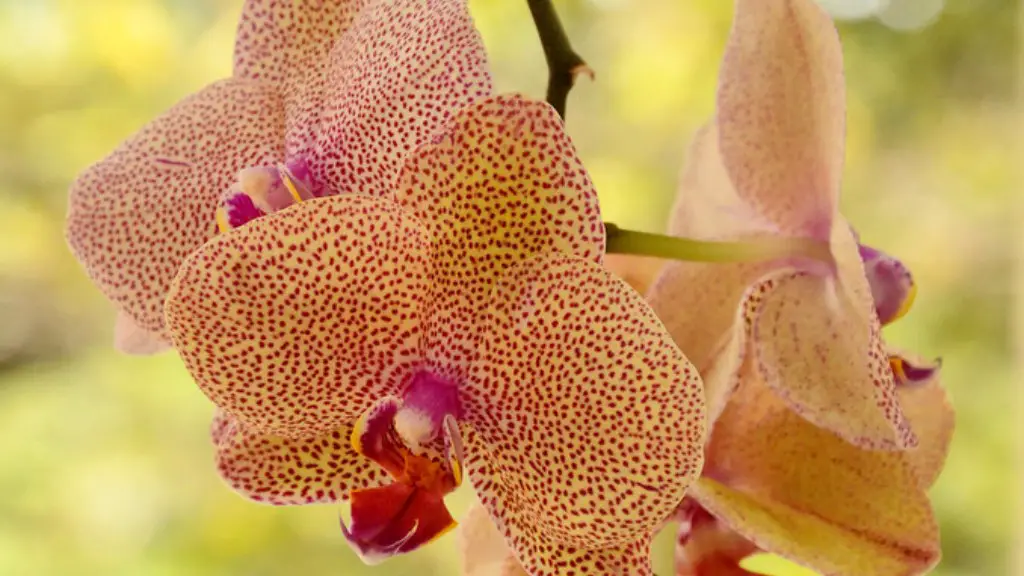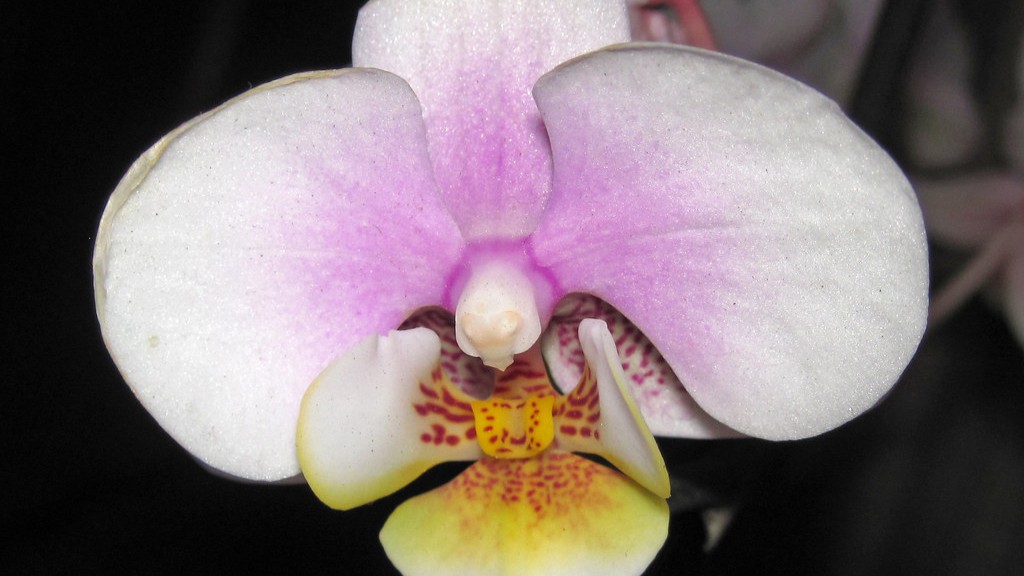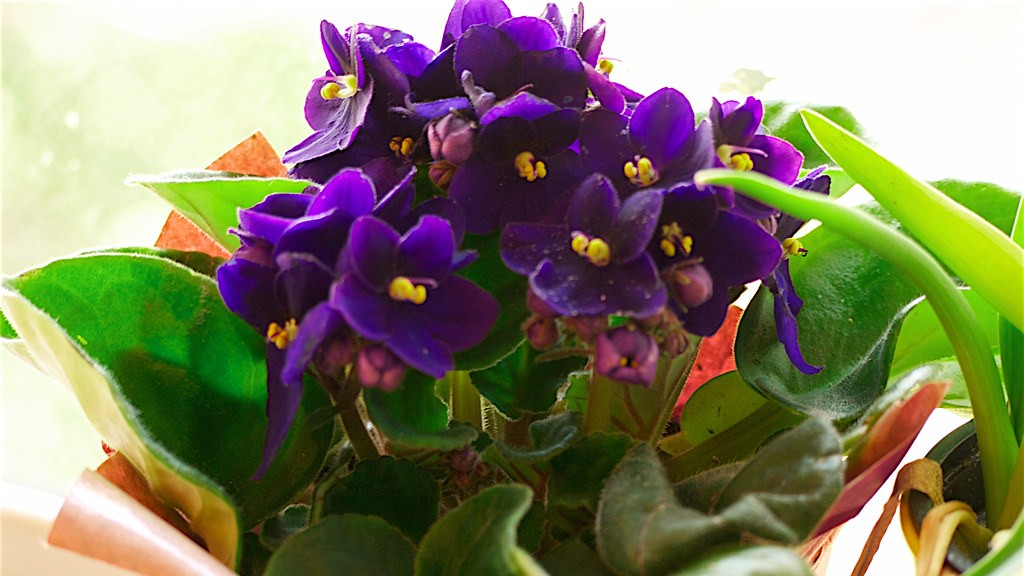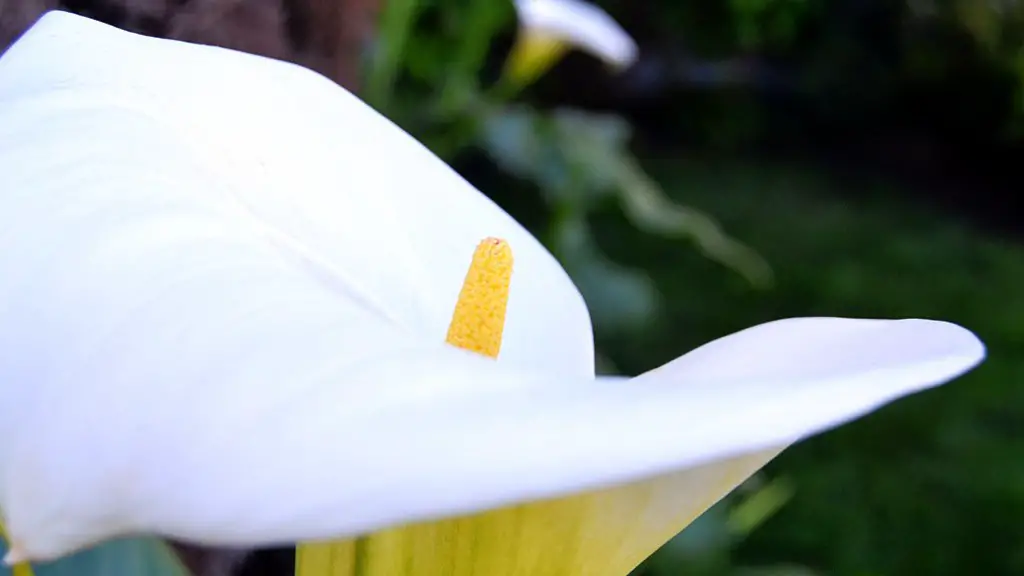A popular type of orchid is the phalaenopsis orchid. These plants are known for their long-lasting flowers, which make them a popular choice for both indoor and outdoor gardens. Despite their easy-care reputation, phalaenopsis orchids do require some basic care in order to thrive. By following a few simple tips, you can enjoy these beautiful plants for many years to come.
It is important to keep a phalaenopsis orchid plant in a warm and humid environment, as they are native to tropical regions. They should be placed in an area with bright, indirect light and the soil should be kept moist but not wet. It is important to fertilize the plant regularly, using a diluted fertilizer solution. The plant should be repotted every two years using a bark-based potting mix.
How do you keep Phalaenopsis orchids blooming?
Phalaenopsis orchids are one of the most popular types of orchids, and they are known for being easy to care for. These orchids do best in indirect sunlight, and they only need to be watered every 7-10 days. They can also tolerate typical household temperatures and can be fertilized every month. To raise the humidity for your phalaenopsis orchid, you can place it on a pebble tray or use a humidifier. When the flowers on your orchid start to fade, you can trim off the stalk to encourage new growth.
Orchids are one of the most beautiful flowers in the world, and they make a great addition to any home. However, they can be a bit finicky to care for. Here are five tips to help you keep your orchid happy and healthy:
1. Water weekly. Just because your orchid no longer has its blooms doesn’t mean you should stop watering it. In fact, watering is even more important now as the plant is working to generate new blooms.
2. Fertilize. Give your orchid a boost of nutrients with a monthly fertilizer application.
3. Give it plenty of indirect light. Orchids do best in bright, indirect light. If you live in a particularly dark home, you may need to supplement with a grow light.
4. Move your orchid to a cooler room. As temperatures start to dip in the fall and winter, your orchid will appreciate a move to a cooler room in your home.
5. Give some life to your dormant orchid. If your orchid has gone dormant (i.e. it’s not blooming), don’t despair. With a little care, it will soon be blooming again.
How often should I water my Phalaenopsis orchid
If you have a phal potted in bark, you should water it once a week. If your phal is potted in moss, water it when the top feels dry. The amount of light and heat your plant receives will also affect how often your phal needs watering. Summer months will need more frequent watering, winter will need less.
Orchids are beautiful, delicate flowers that make a great addition to any home. Most orchids enjoy bright light but not direct sun, so they are best suited for a north- or east-facing windowsill. Orchids also like regular watering and misting, preferably with rainwater or boiled water rather than tap water. Many orchids need to be grown in bark-based orchid compost, rather than traditional houseplant compost, in order to thrive. With a little love and care, your orchids will bloom beautifully for years to come.
Should I mist my Phalaenopsis orchid?
Orchids are beautiful, exotic flowers that make a great addition to any home. They are relatively easy to care for, but it is important to recreate their natural habitat as closely as possible. One of the most important things to remember is that orchids love humid conditions. The easiest way to recreate this environment is to mist them with a spray bottle on a regular basis. With a little care and attention, your orchids will thrive and provide you with endless enjoyment.
Phalaenopsis orchids are native to tropical areas and do not require a specific photoperiod to induce flowering. Instead, it is the low temperature that triggers phalaenopsis to start the flowering process.
What to do with an orchid once it stops flowering?
It’s important to cut back the stem of your plant to the nearest bud to encourage the production of more flowers. Once all the flowers have fallen, cut the stem off just above a visible joint (node). This will help stimulate the growth of another flower stem over the next few months.
To master watering orchids, it is essential to water from above with fresh, pure water. For orchids with water storage, pseudobulbs, water when the potting mix is approaching dry. Typically, water once a week for most orchids. More frequent watering may be necessary for orchids that are growing rapidly or in hot weather. Watering less often can lead to growth problems or flower bud drop.
Where do you cut the orchid after the blooms fall off
The orchid spike is the long, thin stem that extends from the base of the plant. Each node on the spike contains one or more flowers. To encourage healthy growth and flowering, it is important to trim the spike correctly.
For unhealthy, brown spikes: cut all the way back to the base of the plant. This will allow the plant to put all its energy into producing new, healthy growth.
For double-spike orchids: cut one spike at the base of the plant. Cut the other spike 1 inch above the node under the lowest flower bloom. This will allow both spikes to produce new flowers.
If your tap water is chlorinated, it’s best to let it sit for a day or two before using it on your orchid. This will give the chlorine time to dissipate.
Room temperature water is best for watering your orchid, but if you’re using ice cubes, make sure they don’t touch the leaves.
About once a week, place up to three ice cubes on top of the potting medium, preferably where the cubes don’t touch the leaves. This will help keep the roots cool and hydrated.
How do I know if my Phalaenopsis needs water?
Your orchid is receiving just enough water when the leaves are shiny and firm and the roots are firm and green. If the roots become dark and dry, it is a sign that the orchid is not receiving enough water. Too much water can cause yellow, brown or hollow/flat roots.
Phalaenopsis orchids are some of the longest blooming flowers, with a bloom time of 2 to 6 months. They can also bloom 2 to 3 times per year once they reach a mature size. These flowers make a great addition to any home or garden!
Where is the best place to keep an orchid indoors
Orchids prefer bright, indirect sunlight. The ideal spot for growing orchids is either a south- or east-facing window. Usually, west windows are too hot while northern windows are too dark. Placing orchids under artificial lights is the last resort if you can’t find a good location to grow your orchids.
To ensure your orchid is healthy, remember to keep the temperature in the room stable. Orchids like temps in between 65 and 80 degrees F in the daytime and 60 and 70 degrees F during the night. Keep them away from open windows and air vents. Additionally, orchids like their air moist so the humidity level in the room should be kept between 55 and 75 percent.
What is the first thing to do when you bring an orchid home?
If you’re buying an orchid from a store, make sure to ask them to wrap the plant to protect it from temperature extremes. Bring the plant home as soon as possible and keep it in a cool, dark place. Once at home, keep the orchid at 60-65⁰F at night and 70-85⁰F during the day.
Phalaenopsis orchids are one of the most popular types of Orchids because of their long blooming period. Flowers can last several months and the plant can be pollinated multiple times during this period. It can take 9-14 months for an Orchid to complete a life cycle, but if it doesn’t die, it can re-bloom every 8-12 months.
Do Phalaenopsis orchids need to be repotted
When the potting medium begins to break down, it’s time to repot your orchid. You’ll also need to repot sooner if the roots are starting to come out of the pot.
Healthy orchids have thick, rubbery leaves that are uniformly green. The colors in their blooms are also robust. Additionally, their aerial roots are white with green, shiny tips. If the tips of the aerial roots are longer, it indicates better health. Additionally, the potting mix should be barely moist, but not bone dry or soaking wet.
Final Words
Place your orchid in an east- or west-facing window. Morning sun and afternoon shade is best, but your orchid will also do well in a south-facing window as long as it’s not in direct sunlight.
Water your orchid weekly, making sure to soak the roots thoroughly. Allow the water to drain away before putting the plant back in its pot.
Fertilize your orchid every two weeks with a balanced orchid fertilizer.
Re-pot your orchid every 2-3 years, using a pot that is only slightly larger than the current one.
To encourage blooming, keep your orchid plant in a cool room (between 55 and 70 degrees Fahrenheit) at night.
Although orchids are often thought of as delicate flowers, with proper care, they can be long-lasting and rewarding houseplants. Phalaenopsis orchids are especially easy to care for, and with a little attention, they will bloom for months at a time. Here are some tips for keeping your phalaenopsis orchid healthy and happy:
-Light: Phalaenopsis orchids prefer bright, indirect light. They will do fine in a north- or east-facing window.
-Water: Water your orchid when the potting mix is dry to the touch. Do not let the pot sit in water, and be sure to empty any water that collects in the saucer beneath the pot.
-Fertilizer: Use a balanced fertilizer formulated for orchids, and apply it monthly during the growing season.
-Humidity: Orchids prefer humid conditions, so mist your plant daily, and set the pot on a tray of pebbles and water.
By following these simple care tips, you can enjoy the beauty of phalaenopsis orchids for many years to come.




